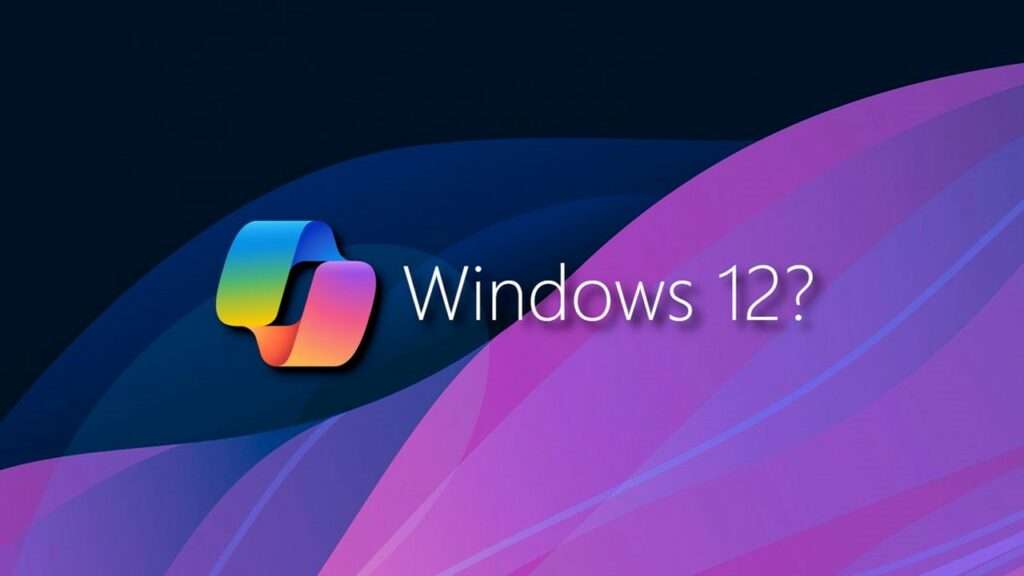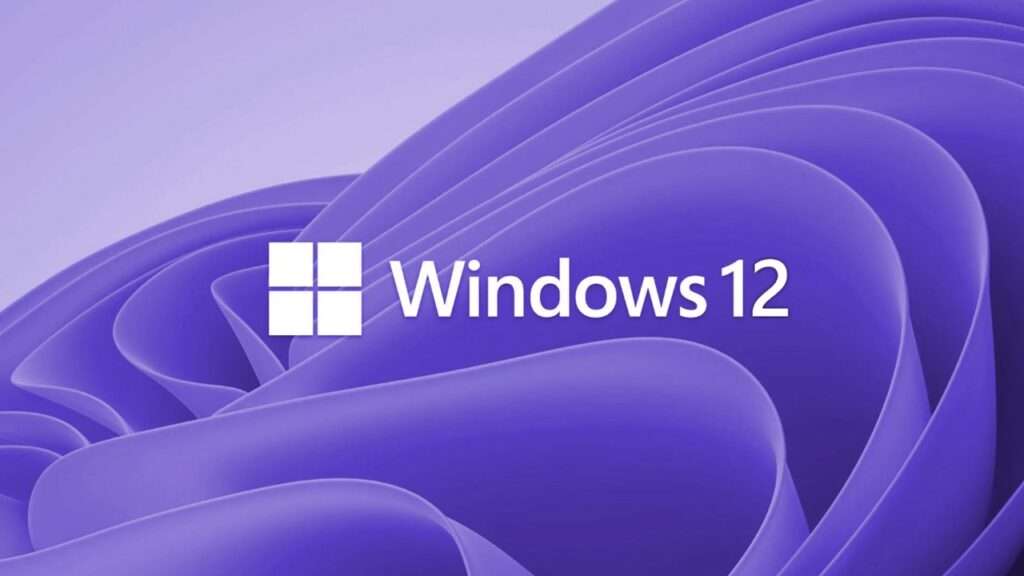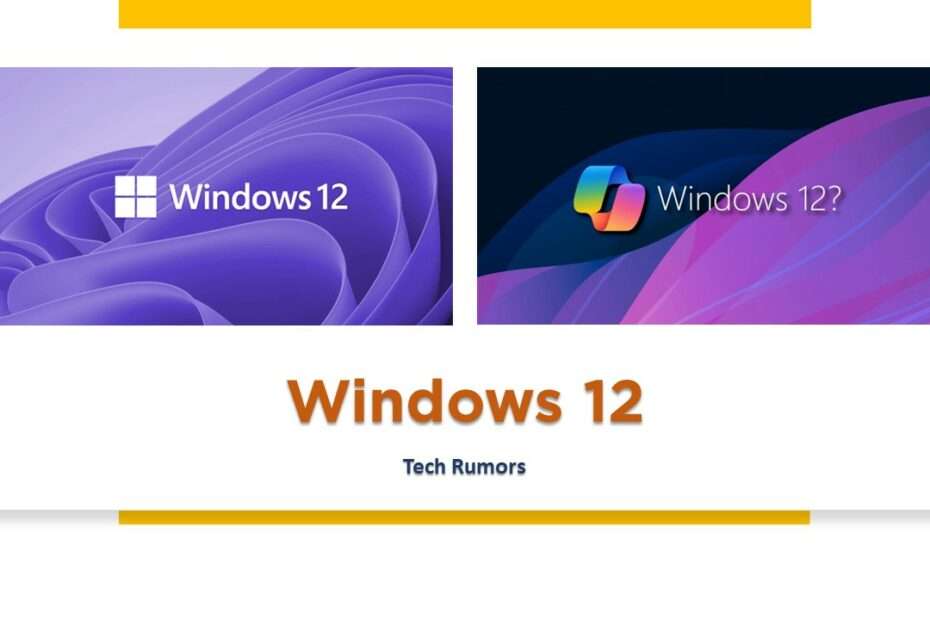In the ongoing speculation surrounding Microsoft’s next major release, slated for 2024, persistent rumors have captured the tech community’s attention. These rumors hint at the integration of advanced AI functionalities deeply embedded within the anticipated Windows 12. Recent revelations have shed light on the evolving plans of the tech giant, unveiling exciting new features that provide a clearer glimpse into the upcoming operating system. However, amidst the anticipation, uncertainty remains as Microsoft has not finalized the nomenclature for this significant release, leaving enthusiasts and experts alike to eagerly await further developments in the company’s strategy.
According to insider information from Windows Central, the forthcoming Windows releases in the next year are set to bring about noteworthy shifts in the operating system’s landscape. These reports corroborate earlier speculations pointing towards a potential Windows 12 unveiling, with a distinct emphasis on integrating artificial intelligence. The prospect of AI taking center stage aligns with contemporary technological trends, hinting at a strategic move by Microsoft to enhance the intelligence and adaptability of the Windows platform. As the details continue to unfold, the tech community is abuzz with anticipation, eager to explore how these anticipated changes will shape the future of Windows computing.
Anticipated in the next evolution of Copilot, the AI assistant introduced to Windows 11 systems through the 23H2 update, is a more robust version designed to harness the neural processing units (NPUs) found in the latest Intel and AMD processors. This enhancement aims to significantly boost AI workloads, leveraging the processing capabilities of modern hardware to elevate the overall performance of Copilot. The strategic incorporation of generative AI and large language models further hints at the potential for profound improvements in the user experience. Notably, the integration of these advanced technologies holds the promise of enabling a more context-aware and linguistically adept search engine, potentially addressing longstanding issues with Windows search functionality, if Microsoft opts to make necessary improvements.

In the realm of potential advancements, Copilot is anticipated to exhibit an enhanced ability to comprehend complex commands, exemplified by scenarios like deciphering requests such as “Find me the file that John sent me on Telegram a few days ago“. This signifies a leap forward in user interaction, showcasing Copilot’s potential to navigate and retrieve specific information within the operating system, offering a more intuitive and streamlined experience. The envisioned capabilities align with the broader integration of neural processing units (NPUs) and machine learning within Windows, indicating a strategic move towards expanding AI functionality. Moreover, drawing parallels to Nvidia’s DLSS feature, there’s speculation that Windows might employ NPUs and machine learning for upscaling videos and games, presenting the possibility of enhanced visual experiences reminiscent of advanced graphics technologies.
Recent developments from Intel underscore the trajectory of incorporating NPUs into Windows functionality. Intel’s demonstration of AI-based upscaling using integrated graphics within the upcoming Meteor Lake CPU lineup highlights the practical application of NPUs for enhancing visual content. As Windows explores similar avenues, the potential integration of AI-based upscaling aligns with contemporary trends in graphics technology. This move signifies a convergence of hardware and software advancements, showcasing the adaptability of Windows to harness cutting-edge technologies, as seen in the evolving landscape of AI and graphics processing.
The envisioned AI functionalities for Windows extend beyond conventional utility, aiming to enrich both the linguistic and visual dimensions of user interaction. The potential for real-time translation of captions in diverse languages speaks to a commitment to inclusivity, making digital content more accessible to a global audience. Meanwhile, the exploration of AI-powered 3D effects in wallpapers reflects a pursuit of innovative and visually engaging user interfaces. As these features take shape, Windows users can look forward to a more versatile and aesthetically pleasing computing environment that integrates AI seamlessly into everyday interactions.
In the upcoming series of updates, Windows is poised to undergo a rejuvenation that extends beyond the integration of AI functionalities. Among the anticipated changes is a potential overhaul of the Windows interface, with considerations for reorganizing Microsoft 365 and relocating portions of the taskbar to the top of the screen. Such modifications suggest a strategic effort to enhance user accessibility and streamline the visual layout of the operating system. Additionally, users can look forward to more intelligent power management features, indicative of Microsoft’s commitment to optimizing the efficiency and performance of Windows devices. However, it’s important to note that while these advancements are in the pipeline, Microsoft remains in the experimental phase for some of these features, and their inclusion in the final public release is subject to further testing and refinement.

While the report refrains from explicitly naming the next iteration as Windows 12, it does provide crucial insights into the upcoming developments in the Windows ecosystem. Instead, it alludes to a new version with the codename “Hudson Valley“, built upon the “Germanium” platform. This strategic nomenclature suggests a shift in Microsoft’s approach to the Windows operating system, potentially indicating a departure from conventional numerical designations. According to the timeline outlined in the report, users can expect one more significant update for the current Windows 11 version in the spring. Following this, the introduction of the Germanium platform is slated for June, with the subsequent release of Hudson Valley planned for the fall.
Contrary to earlier speculations pointing to a June debut for Windows 12, recent information suggests a potential shift in plans, particularly in response to developments for Arm systems. Notably, Qualcomm’s Snapdragon X Elite processor is positioned as Windows’ equivalent to Apple Silicon and is expected to leverage Germanium enhancements. If these developments materialize, systems equipped with the Snapdragon X Elite processor could hit the market preloaded with Germanium in the upcoming summer. The subsequent rollout of the Hudson Valley update is anticipated to follow, with Snapdragon X Elite systems receiving the update ahead of other Windows 11 users, expected sometime in the fall. This dynamic timeline underscores the intricate coordination between hardware and software advancements, positioning Windows to adapt and capitalize on emerging technologies for enhanced performance and user experience.
The decision regarding the nomenclature for the upcoming Hudson Valley release adds an intriguing layer to Microsoft’s strategy. It appears that the tech giant is deliberating whether to officially designate it as Windows 12 or opt for a different branding approach. This contemplation likely stems from the current market dynamics where Windows 11 has not yet surpassed Windows 10 in terms of market share. The hesitation to count upward again could be attributed to concerns about potentially diluting the Windows operating system’s brand. Microsoft faces a delicate balance, aiming to introduce innovations and improvements with each release while carefully navigating the branding landscape to maintain user trust and recognition.
As Microsoft contemplates the naming convention for Hudson Valley, the challenge lies in the backdrop of Windows 11’s ongoing quest to gain market dominance over its predecessor, Windows 10. The hesitation to label the new release as Windows 12 suggests a strategic concern about the potential impact on the operating system’s brand identity. The cautious approach acknowledges the significance of market share and user perceptions, emphasizing the need to preserve the integrity of the Windows brand. This deliberation showcases Microsoft’s commitment to maintaining a robust and trusted presence in the highly competitive operating system landscape, where user familiarity and confidence play pivotal roles in shaping the success of each iteration.
Maybe you liked other articles?

